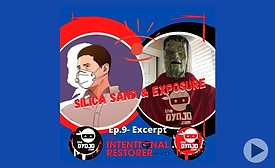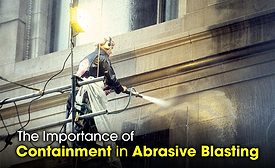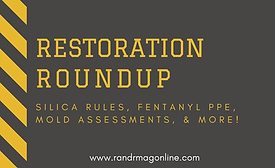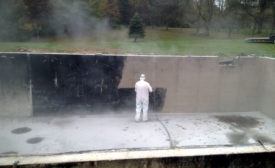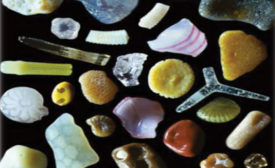Home » Keywords » silica
Items Tagged with 'silica'
ARTICLES
Restoration Roundup: Silica Rules, Fentanyl PPE, Mold Assessments, & More | 2.21.19
The latest headlines affecting the restoration industry.
Read More
The Final Demise of Sand Blasting
Finding effective, afforable alternatives to sand blasting as OSHA's Silica Laws evolve
Read More
Get our new eMagazine delivered to your inbox every month.
Stay in the know on the latest disaster restoration and remediation trends.
SUBSCRIBE TODAY!Copyright ©2022. All Rights Reserved BNP Media.
Design, CMS, Hosting & Web Development :: ePublishing
